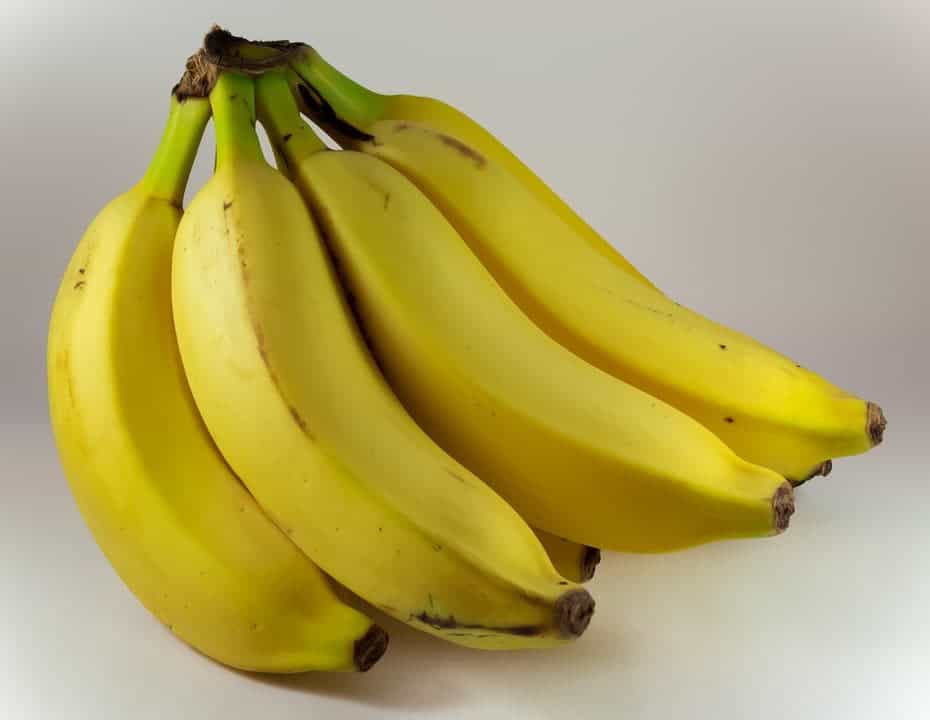A notorious fungus threatens bananas worldwide — and these Dutch researchers might just have the solution.

Banana history changed dramatically in the 1950s. The Gros Michel (or Big Mike) banana cultivar was by far the most popular in the world. But a fungal disease called the Panama disease spelled its demise. In 1965, the Gros Michel was officially declared extinct, and the world moved on to a different type of banana: the Cavendish. Over half of all the bananas you see on the market are Cavendish — but now, this variety is also threatened, again from a fungus.
For years, global banana production (and in particular, the Cavendish) have been in danger. They call it the Tropical Race 4 strain of Panama disease — though the name is less important. What is important is that after more than 50 years, the banana industry is again undergoing a crisis. Pushed by this disease (and another, equally threatening one called the “Black Sigatoka”), the future of bananas as we know them is uncertain.
But researchers from the University of Wagenigen have an idea.
“Global banana production is under critical attack by widespread fungal diseases,” researchers write in a press release. “There are two major causes: Panama disease and Black Sigatoka. This is a big problem, because bananas are a staple food for more than 400 million people in the tropics. They are the fourth most consumed food crop, the most consumed non-cereal staple food, and the most consumed fruit in the world.”
“The livelihoods of millions of people are at stake due to the Panama disease, caused by the Fusarium fungus, which wipes out banana plantations, contaminates soils for decades and cannot be suppressed. It is currently threatening banana production throughout South-East Asia.”
The pathogen is transmitted through soils, so instead of trying to limit it through pesticides or other substances, they thought outside of the box and completely removed all the soil. Instead, they grew bananas in coco peat and rock wool.
While this is only a test, the results have been quite promising. While the environment is more expensive to set up, it reduces the amount of nutrients lost through leakage and also allows plant growers to tailor the mixture for a number of different species. Of course, the biggest advantage is that it prevents the spread of disease.
“The Dutch banana also does not need disease control, which makes cultivation more sustainable than in traditional production areas,” said Gert Kema, a professor of tropical plant pathology and leader of the project.
Already, several companies (including Swiss-owned banana producer and distributor Chiquita) are looking into expanding the project. A larger follow-up trial is already planned on a plantation in the Philippines.


